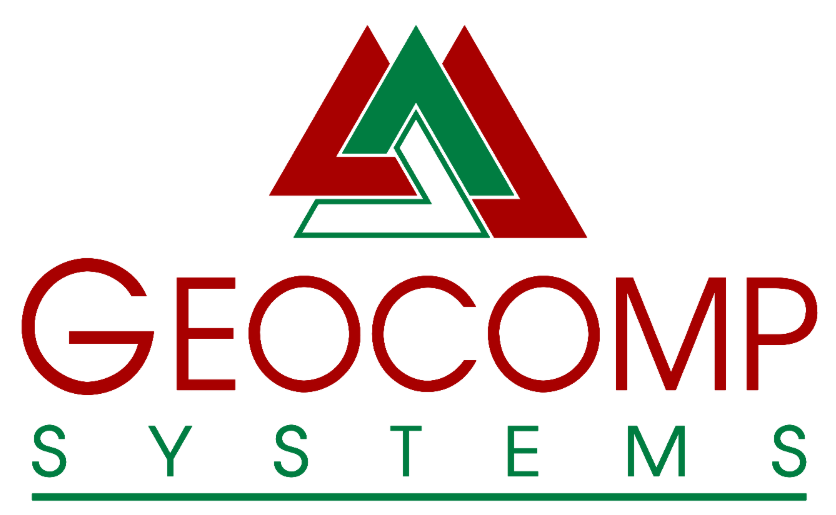Using Terramodel Raw Data Editor for Survey Control
Monitoring Sydney’s Dams
By Stephen Rawling
I was reasonably proficient in Terramodel from managing 600 km of railway construction survey in Thailand but it wasn’t until my current appointment in 2004 that I harnessed the power of one of Terramodel’s less well understood options, RDE Least Squares Adjustment.
As Project Surveyor of the Dam Safety Branch, I am responsible for dam wall movement monitoring for the 23 dams of the Sydney Catchment Authority.
At each dam, I observe local but dense 3D networks of angles and distances to check surrounding control pillars and on-dam marks to better than 2mm within 95% confidence.
RDE Least Squares Adjustment interacts between raw data, residuals and computed positions, and has an excellent report tool.
Terramodel is able to handle large complex networks. I often have over 20 setups each with four sets to as many as 15 target stations up to 1000 m distant with a height range of up to 100 m. The beauty of RDE is that you can enter every vertical distance, slope distance and horizontal distance, not just an average. Residuals are computed for every observation.
I observe sets of angles and distances on a Leica TCA2003, store them as GSI. Then I use VEDIT to make any small corrections for differential air pressure and prism constants in GSI and automatically manipulate and reformat them to a format that be pasted directly into RDE. Then when RDE is closed the network is presented in the plan view where Terramodel’s drafting tools are available.
For example, I gather angles from 15 stations in one survey, often in long lines, with height differences of 100 metres between stations. Each station has a unique prism number appended to the point ID. VEDIT corrects distances for the prism calibration and the residual in ppm due to differences in mean atmospheric pressure of each line. I can then export an ASCII file in “RDE” format which I can copy and paste directly into RDE. Least Squares Adjustment distance residuals are routinely less than 1 mm.
At each dam, I also observe separate networks of precise level runs with a DNA03. Terramodel uses the conventional RDE method of handling 1D network. I wanted less restrictive field procedure so I developed my own way using HEIGHTDIFFERENCE that would allow infinite looping, back tracking reruns and side shots all observed in any order.
For leveling networks, Leica GSI data is modified with VEDIT to convert backsights and foresights to height differences and apply staff calibration and temperature correction. Unique dummy coordinates equal to the GSI block number are created for each station. RDE is set to have adjustments independent of line length. This way, lines can be observed in any order, any direction and in any leg, as many times as you like, whether foresights or intermediate shots.
Stephen Rawling
Project Surveyor
Dam Safety Branch
Sydney Catchment Authority
http://www.sca.nsw.gov.au/
April 2004
See also Survey Control on The Viking Decline by Peter Diprose.
Stephen talks about his history with Geocomp and Terramodel software in Dimensions 9-1.
